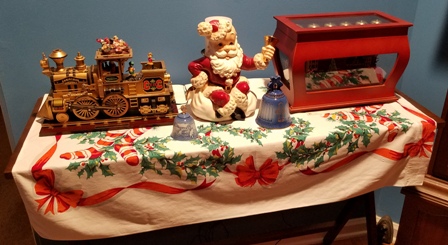Watch Where You Put that Retro!
A couple years ago (3 Jun 15) I read an insightful (and humorous) blog post by Julie Butcher from her personal blog Fire Drill (fabulous writer/author/columnist, if you are wondering, and it got me thinking. Julie writes that today’s authors need to consider what is current for teens when writing YA. Thirty years ago, teens didn’t do coffee the way they do now (even down to the ten-years old though I wouldn’t allow that, still..). Today’s youth truly are more health conscious despite all the overweight people in the world (me included), and they are reading labels and worried about GMOs and being “gluten-free.” Thanks for the reminders, Julie.
After I considered how much I hate intrepidly healthy people (just kidding! Maybe.), I thought about the reverse of what Julie said. I’m a boomer and I know many young people who are writing about other generations in their stories. Some are doing biographies while others are penning family histories. The point is, depending on the decade, things were very different when I was a kid, teen, and young adult.
But how much effort is being given to the truth in building a culture in newer books?
For example, I heard on the news that Affirmed won the Triple Crown, gas was 91 cents. The big win was 1978. But just ten years earlier, gas was averaging only 34 cents! And a stamp was a nickel. It certainly alters perspective, right?

I was discussing the new cell phones with a young college woman (20 years old) and she asked me about my first cell phone. I laughed and told her about the “shoe size bricks” that were phones. And then I really floored her when I mentioned the “bag phone” we had in the late ’80s. It sat on the floor, on the “hump” in our car, right where the big plush bench seat separated so each of us could adjust our own. She was still reeling from shock I think because she said, “hump on the floor?” Ah the cars of yesterday! Something else to consider, yes? Those late 80’s don’t seem that far away to me because I remember them, but to her my world might as well be a separate galaxy.
![1001_lrmp_04_o1984_chevrolet_caprice_classicseats[1]](https://www.sherryrentschler.com/wp-content/uploads/2018/01/1001_lrmp_04_o1984_chevrolet_caprice_classicseats1.jpg)
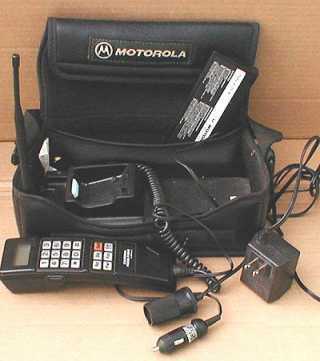
Much was written of the early rock festivals. Take Woodstock, historical and beloved. There were no cell phones. There were no tablets. There were no Bluetooth devices or iPods. Woodstock was 1969. The first Walkman – a fabulous portable cassette with foamy headphones, didn’t happen for another decade on July 1, 1979.
![sonywalkman79[1]](https://www.sherryrentschler.com/wp-content/uploads/2018/01/sonywalkman791.jpg)
In keeping with what Julie mentioned, let’s talk coffee and food. Historians believe the first recorded coffee-house was in Constantinople, Turkey in 1475. So coffee isn’t a new thing. Starbucks, however, is. Coffee houses or coffee shops really didn’t “develop” into a conscious thing in the US until about 1990 (though it was in the more artsy places like SoHo, San Francisco, and New Orleans earlier). Starbucks opened one shop in 1971 in Seattle (where many think the coffee craze started). I consider the coffee craze a part of the boomer experience, “boomerly” speaking.
![dennys-la-70[1]](https://www.sherryrentschler.com/wp-content/uploads/2018/01/dennys-la-701.jpg)
But let’s go back a little further. I grew up in the Midwest on corn-fed beef and potatoes. As kids, we ran everywhere, pretty much without fear of anything. My town wasn’t small but it was a town and not a city. Still, we didn’t have gang violence, drive by shootings, drug dealer corners, or worry about being abducted, at least not in abundance or where we were restricted. People got their mail at the house from a mailman who walked. Newspapers were delivered to the porch (or the flowers if the aim was bad) by kids on bikes, kids walked to school when they could (because many could!). My first experience with a school bus wasn’t until I hit 8th grade. By then I was in Florida and in a more subdivision environment. We rode bikes to school in the 6th and 7th grade because that was accepted and gave us freedom. No one worried about us being stolen or killed. And that was only in 1966-1968.
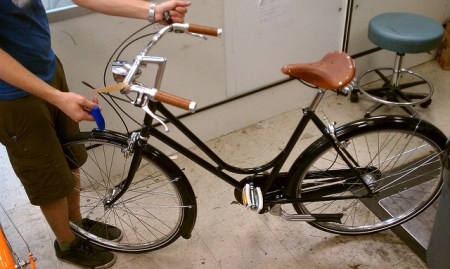
But back to food. Sonic drive ins have been around since 1959. I never saw any until I was an adult but there were many “copies” around, perfect hangouts for dates. Drive-in’s were big when I was a teen and young adult. Movie theaters had balconies and you could smoke. We did. Theaters were where movies were shown and plays were performed. And balconies didn’t cost extra either.
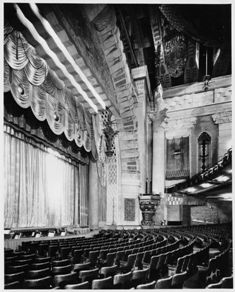
At home, we didn’t eat wrap sandwiches and yogurt smoothies. We ate soft creamy ice cream or frozen custard, snow cones and Nutty Buddies. We bought hot dogs and hamburgers loaded with everything, the messier the better. Anyone remember Burger QUEEN? And no popcorn was worth eating unless loaded with butter and salt. We ate red meat — meatloaf, sloppy joes, spaghetti with meat, meatballs, hamburger, steak (might be flank or flat-iron but it was steak).
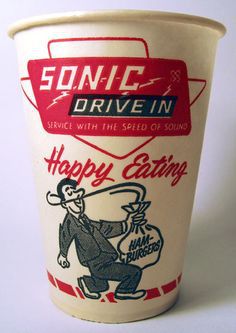 No one read labels because there weren’t labels like there are today. That is an innovation of the last decade. No one really cared. Ever.
No one read labels because there weren’t labels like there are today. That is an innovation of the last decade. No one really cared. Ever.
And no one I went to school with had a peanut allergy. PB&J sandwiches (peanut butter and jelly) were readily shared! Oh, and no backpacks. We carried all our books (lockers didn’t come until junior high and then we still carried to class), and our wee metal lunch boxes with thermos! Sandwich, box of raisins, apple, milk (no bags of chips, though sometimes I did get a bag of peanuts).
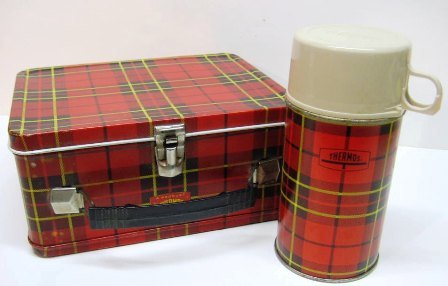
The point is, as Julie Butcher mentions, “Pay attention to the world.” Stay current with today’s inventions and trends if you are writing YA. If you are writing about young adults 30-40 years ago, understand the world and culture of that decade or century. If you want to write historical novels about the last fifty years, then realize how very different the times and people were. Even language can date you if you are writing lots of dialogue (and I know you are). Neato, groovy, cool, hip, man. Super, jelly-o, and jeez!
If you are an older writer creating YA characters today, be careful not to let your memories of “back then” become the world of your characters of today. And likewise, if you are a younger writer (40 years old and less), be careful not to let modernisms muddy up a retro, antique or vintage story.
Know your world. Mine, theirs, yours. You dig? Jeah (not a misspelling)! And your stories will shine brighter for your efforts. Your characters will be memorable, too.
(Thanks Julie Butcher)
I remain, Yours Between the Lines,
Sherry

















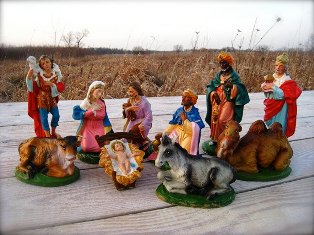

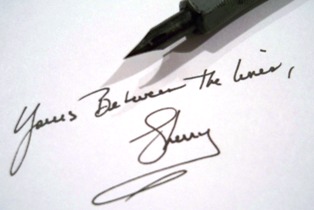

 From 2009
From 2009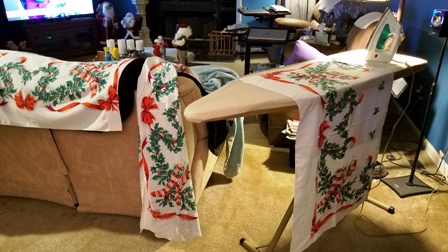 This year
This year